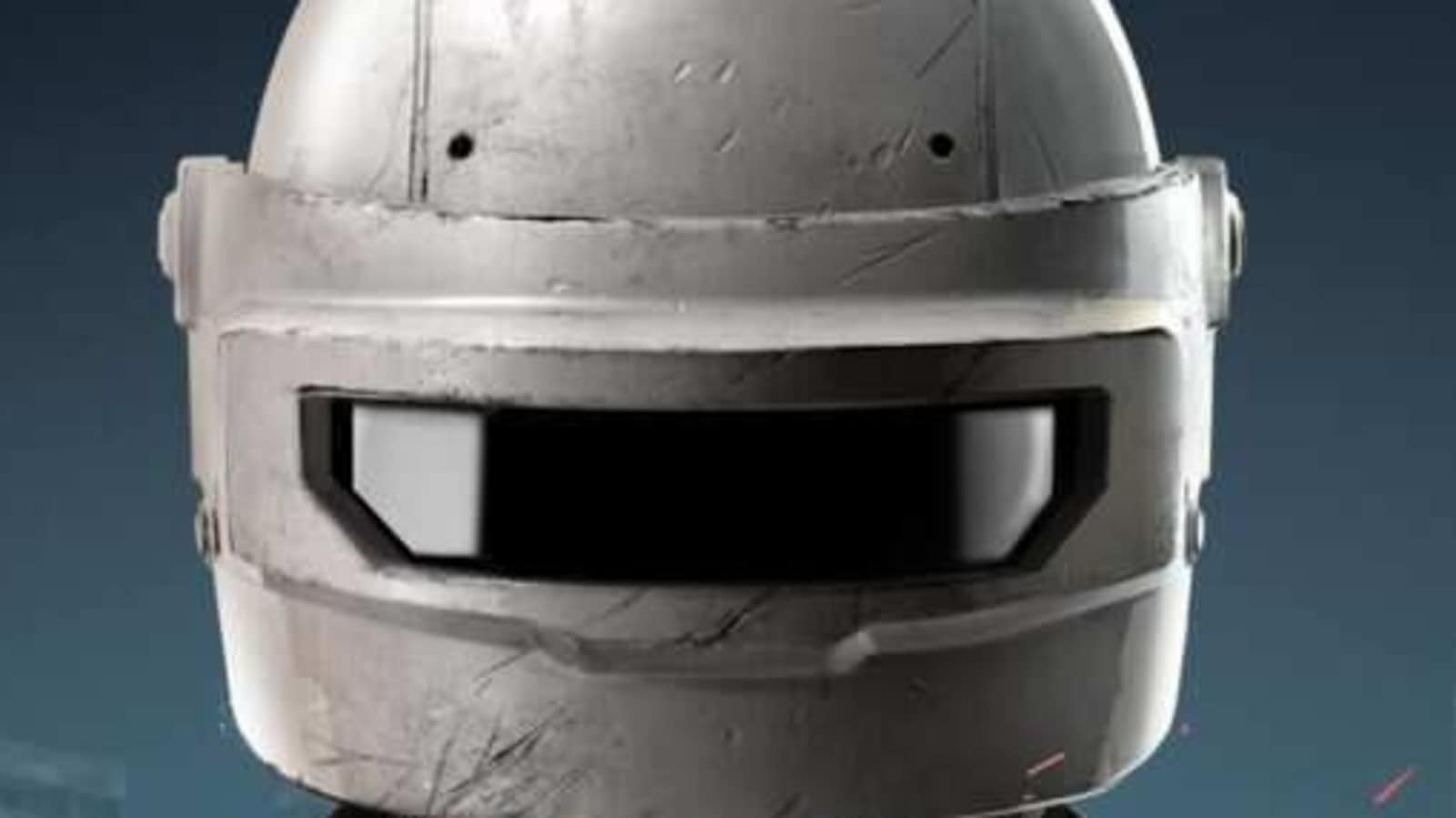In the 2018 animated hit “Spider-Man: Into the Spider-Verse,” Miles Morales, a Brooklyn teenage superhero in development, receives multiple unexpected visits from other dimensions. For the film’s sequel, “Spider-Man: Across the Spider-Verse,” it’s Morales (voiced by Shameik Moore) who must follow Gwen Stacy (Hailee Steinfeld), a version of Spider-Woman, into new realms where other spider people exist.
For the films’ directors, Joaquim Dos Santos, Kemp Powers and Justin K. Thompson, the premise, with Miles now as a traveler and not a host, granted them permission to expand their aesthetic horizons. This time the task wasn’t limited to creating uniquely designed characters inhabiting a single universe, but entire worlds based on the myriad comic book sagas that have reinterpreted Stan Lee and Steve Ditko’s arachnid paladin.
“It’s almost like we’re jumping from one book to another,” Thompson said. “The goal was to take people on a journey and have a celebration of all these different amazing artists.”
To do so, the production went to the source and contacted some of the people behind those alternate “Spider-Man” visions to participate in the development of the film. Rick Leonardi, who designed the comic “Spider-Man 2099,” came on board to help devise 3-D animation tools that could emulate his line work. And Brian Stelfreeze, a seasoned artist for Marvel Comics, was instrumental in formulating the film’s take on Jessica Drew/Spider-Woman.
Calling from different areas in Los Angeles — a city that could be its own Spider-Verse — for a video interview, the three filmmakers dissected some of the other ideas swirling in their reference pool.
Leonardo da Vinci and Royal de Luxe
Early in this multiverse adventure, a villain named Vulture unexpectedly enters Gwen’s colorful world. Native to another reality, the monochromatic character wielding a variety of gadgets, who looks as if drawn on parchment paper, had to clearly and immediately feel foreign to the world he was invading. Sketches by the Renaissance artist and inventor Leonardo da Vinci served as a foundation for his design.
“Vulture’s contraptions were like a hyper-realized version of a lot of the insane inventions that da Vinci himself had come up with, which, some of them were crazy, some of them were very forward thinking,” Dos Santos said. “Some of them were frankly horrific.”
Another crucial inspiration during the initial development of the character was the work of Royal de Luxe, a street theater company based in Nantes, France, that specializes in creating large-scale marionettes.
The only quiet alone time Miles and Gwen have in the entire film occurs as they both gaze at an inverted New York skyline. As breathtaking and significant as the sequence is, it went in and out of the movie on multiple occasions. “It had to really earn its way into the film,” Powers said. Throughout the process, he found himself thinking of Cameron Crowe’s innocent romance “Say Anything.” The male lead in that film, Lloyd Dobler (John Cusack), tries to convince his love interest Diane Court (Ione Skye) to give their unlikely match a chance even though her father disapproves. “There’s definitely a parallel there because Gwen has these mentor figures in her life who are urging her to stay away from Miles Morales for reasons that our audience will discover,” Powers said. But, of course, having a swoon-worthy Cameron Crowe moment between two spider people with amazing abilities had to have an extraordinary setting, namely a clock tower while they both hang upside down.
‘Cinderella’
Gwen’s world functions like a mood ring that reacts to her emotions. For example, if she feels angry, the screen turns red and the atmosphere hotter. And when confusion overtakes her, the world becomes fragmented. According to Thompson, the 1950 animated Disney classic “Cinderella” served as a reference. “As a kid, I remember seeing the scene when Cinderella’s dress is being torn apart by the evil stepsisters, and the backgrounds and the environment start reacting to this emotional trauma that she’s going through,” he said. For him, these moments in Gwen’s reactive microcosm push the film into its most experiential form.
Jet Propulsion Laboratory
The production visited NASA’s research and development center in La Cañada Flintridge, Calif., to research how cutting-edge technology could apply to the characters in their film. They hoped to figure out how Miguel O’Hara, a brilliant geneticist who becomes the Spider-Man of the year 2099, could create a tear-resistant, high-tech wingsuit with powerful flying capabilities, and what materials it would be made out of if it actually existed in our world.
To optimize the look of Spider-Byte, a spider person who fights crime in a cyberspace multiverse and appears translucid, the filmmakers explored current techniques that are right on the cusp of creating three-dimensional holograms in real time. “We aren’t just putting her onscreen and then putting her at a slight opacity,” Thompson said. “There are specific techniques that we delved deep into to give her a sense of presence onscreen that feels like she’s beyond just somebody wearing a suit.”
‘Point Break’ and ‘No Country for Old Men’
For Powers, there were two high-water marks of great character development through an action sequence that bled into the retro-futuristic realm of Spider-Man 2099. One of them is the foot chase in Kathryn Bigelow’s “Point Break” where Johnny Utah (Keanu Reeves) tries to catch Bodhi (Patrick Swayze). “It was bizarre and funny, and it implemented things that we’d learned about the characters early in the film, namely that Utah injured his knee playing football,” Powers said. A similar chase unfolds in “Across the Spider-Verse.”
The other reference at the front of Powers’s mind was the Coen brothers’ “No Country for Old Men.” In that film, Llewelyn Moss (Josh Brolin) remains defiant in the face of the psychopathic hit man Anton Chigurh (Javier Bardem). Even if there’s an inevitability to how it will all be resolved, Moss fights back and “gets his licks in,” as Powers put it.
“Miles is being chased too,” he added, “but we still want him to get his licks in.”























